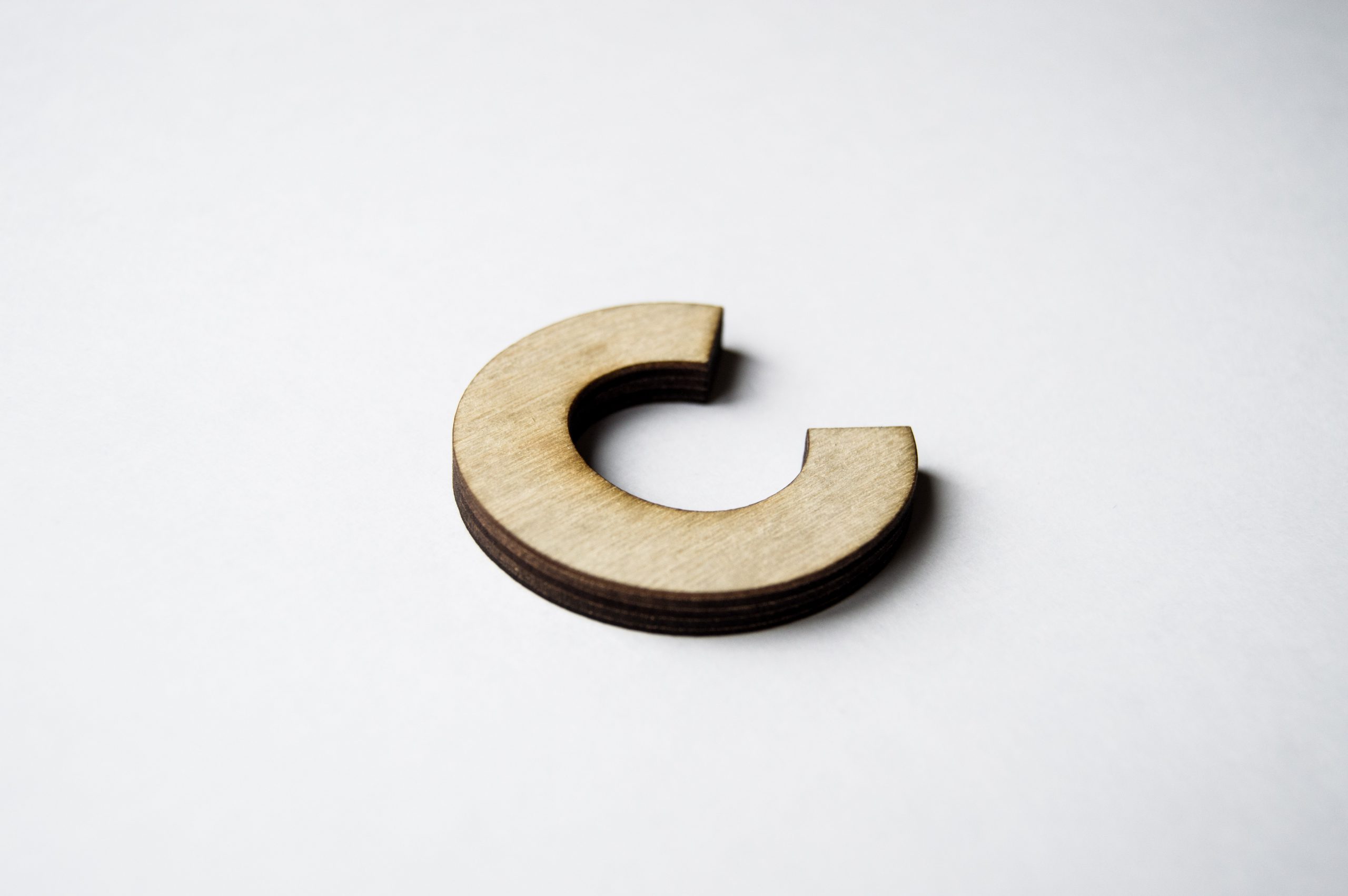
So, you’ve endured months of hardship and frugal living and to save enough money to use as a deposit for a home.
Now comes the loan application and knowing for sure how much you’ll be able to spend.
Lenders will put a magnifying glass to your application, especially in the aftermath of the banking royal commission, in which they were accused of being less than diligent.
You’ll have to be transparent about your sources of income, monthly outgoings and levels of debt for items such as credit cards and HECS.
Five areas of focus for lenders are known as the “5 Cs” – credit, capital, collateral, capacity and character.
The approval process might feel a little invasive but you should embrace it. While banks will ask the difficult question to cover themselves, they’re also doing you a favour.
You’ll avoid being saddled with a loan that, ultimately, you may not be able to afford. That leads to a world of pain in which you might default, lose the property and all your savings.
You don’t want more money than you can afford to pay back.
Here’s how lenders try to avoid that scenario:
Credit history
You need to demonstrate you can be trusted to pay back a loan. Achieving a 20 per cent deposit is strong evidence in your favour. This amount is seen as a benchmark for affordability. If your deposit is less than a fifth of what you want to borrow, banks will insist on your paying lender’s mortgage insurance (LMI), which covers their risk for lending money to you. Over the course of a loan, it will set you back tens of thousands of dollars.
Apply for your credit rating from companies such as Equifax and Experian. If you have a poor record, you should think twice about seeking a loan until outstanding issues are resolved. A mortgage broker can help find a lender who might take your risk, but you really want to be “credit gold” to find the most competitive loan and get quick approval.
Capital
It’s good to show a lender that you have assets. That is, non-depreciating ones, such as object d’art and paintings. A car, PlayStation 4 and your fancy Italian push-bike are depreciating assets and won’t count. While lenders are unlikely to ask that non-depreciating assets be offered as collateral, they like to see you are sensible with money.
Collateral
The property you intend to purchase will be the collateral. Be aware that banks will value the property before releasing funds to pay for it. If they think you’ve over-paid, you’re in trouble. They may refuse to issue the loan. In the event that occurs, you’ll need to consult with your solicitor and reconsider your position, either on the property or with the lender.
Capacity
This is the big one. Your income and deposit will be measured against your outgoings to gauge how much you can afford. This is known as the maximum loan-to-value ratio (LVR). It will determine where and what the type of property you can consider.
Lenders have used the so-called Household Expenditure Method to make this calculation, but since the banking inquiry many have de-commissioned this for more exhaustive investigations. As a rule, your mortgage should be no more than 35 per cent of your gross income. Banks will flinch if your other debts, such as car repayments, push the overall figure up 10 per cent or higher.
Character
This isn’t about being a good person. Lenders want to know you hold down a steady job as this convinces them you’ll be able to make ongoing payments. Don’t change jobs just before an application or halfway through the application process. Employment is never guaranteed, of course. Many buyers consider income protection insurance to make sure they can afford their mortgage repayments in the event they lose their job. If you are self-employed, you will need another type of loan. Lenders will demand a range of documentation, including two years of tax returns, business activity statements and an accountant letter. Other issues under this criteria include age and residential status.
